Beyond the Pulse: How PPG and rPPG Are Revolutionizing Health and Wellness
Photoplethysmography (PPG) is changing the way we view health and wellness. Initially observed in 1936 by Alrick B. Hertzman, Photoplethysmography found its first application in an oximeter invented by British scientist Glen Millikan. Since then, PPG has become increasingly common in devices, including oximeters of varying kinds and wearables, some of which are routinely used in hospitals today.
At Binah.ai, we have taken PPG to the next level by developing cutting-edge technology that enables remote PPG using camera-embedded devices. But what exactly are PPG and rPPG, and why are they so important to the future of the health and wellness industries?
What is PPG?
Photoplethysmography (PPG) is a low-cost, non-invasive optical technique used to measure blood volume changes in peripheral tissues. In PPG, a sensor is placed on the skin’s surface, typically on a fingertip, earlobe, or other peripheral body parts. The sensor consists of a light source, often a light-emitting diode (LED), and a photodetector. The light source emits a beam of light into the tissue, and the photodetector measures the amount of light that is either absorbed or reflected back by the tissue.
As blood flows through the tissues, the blood volume changes, leading to variations in the amount of light absorbed or reflected by the tissue. These changes are caused by the pulsatile nature of blood flow, resulting in rhythmic variations in the intensity of the detected light. These variations are known as photoplethysmographic waveforms.
The PPG waveform typically exhibits rhythmic variations that correspond to physiological processes like the cardiac cycle. When the heart pumps blood during systole, the increased blood volume in the peripheral tissues leads to a higher absorption of light or reduced reflection, resulting in a downward deflection in the PPG waveform. During diastole, when the heart relaxes, the blood volume decreases, leading to an upward deflection in the PPG waveform. PPG-based technology calculates measurements based on the changes reflected in the waveform.
What is rPPG?
Remote Photoplethysmography (rPPG) is an extension of the traditional Photoplethysmography (PPG) that allows physiological measurements to be obtained remotely without direct skin contact. While PPG requires a sensor to be in direct contact with the skin (e.g., on the fingertip) to measure blood volume changes, rPPG captures these measurements using non-contact methods.
How does Binah.ai use rPPG and PPG for health and wellness checks?
Binah.ai’s video-based spot checks employ rPPG technology to capture a signal using camera-embedded devices. In these devices, the camera acts as the photodetector, while light from the surrounding environment is used as the light source. Once the signal is captured, Binah.ai’s algorithms calculate the vital signs and generate measurement results within 35-60 seconds.
For contact-based continuous checks, a wearable sensor, which contains both the photodetector and the light source (LED light), is placed directly on the skin. The wearable sensor then transmits the signal via Bluetooth to Binah SDK, which subsequently calculates measurement results using Binah.ai’s algorithms.
Where is PPG used?
PPG technology has been used in medical devices like oximeters as well as wearables, enabling the measurement of blood pressure, oxygen saturation, and cardiac output. It is also used to assess autonomic function and detect peripheral vascular disease (Allen, 2007). These devices can be found in hospitals and clinics, and are also used for telehealth, remote monitoring, home hospitals, wellness, corporate wellness and more.
How are PPG and rPPG changing the healthcare and wellness industries?
Moving the point of care from hospitals and clinics to wherever patients are: If once upon a time, taking a blood pressure measurement or a blood test was confined to the lab or doctor’s office, today, end users can take these measurements from the comfort of their own homes, while at work, or even on the go.
Enabling a shift from reactive to preventive care: Today, PPG and rPPG enable people to measure their health and wellness daily, so that they can become aware of health issues before they worsen. This also enables them to make the right changes, track their progress, and turn wellness into a proactive way of life rather than a reactive measure.
Making health and wellness more accessible and affordable for more people: While routine and quality care has often been limited to those who could afford to frequently take time off to travel to clinics or purchase an array of costly devices, today PPG and rPPG, are enabling people to take such measurements from local kiosks, computers in public centers, or from mobile devices they already possess like smartphones.
These transformations are just the beginning of the revolution of health and wellness. The cost-effective, portable, and convenient nature of PPG and rPPG devices are giving people unprecedented access to their own health data, enabling mutually beneficial partnerships between health and wellness providers and their members. Access to health data is also enabling providers to personalize care and to treat patients and members at the time and place most suitable to their needs.
Be at the forefront of the health and wellness revolution
with Binah.ai’s cutting-edge technology
Binah.ai’s health and wellness technology enables anyone to take a spot check using their smartphone or continuous checks using a wearable sensor. In just 35-60 seconds, end users can measure physiological parameters like blood pressure, heart rate, and mental stress, or take blood tests like hemoglobin and HbA1c. Results can be integrated with EMR/EHRs and shared with relevant stakeholders by the end users. Delivered as an SDK, the technology can be easily integrated into existing platforms to enable users to get started with health and wellness checks within a matter of days.
To learn how you can empower your insurance, healthcare or wellness organization with health and wellness check software, schedule a demo with us now.

 close
close

